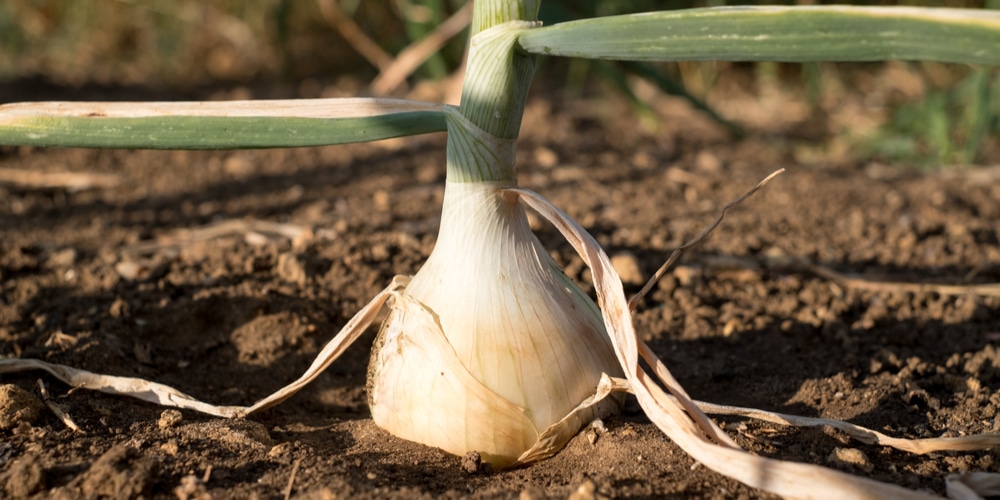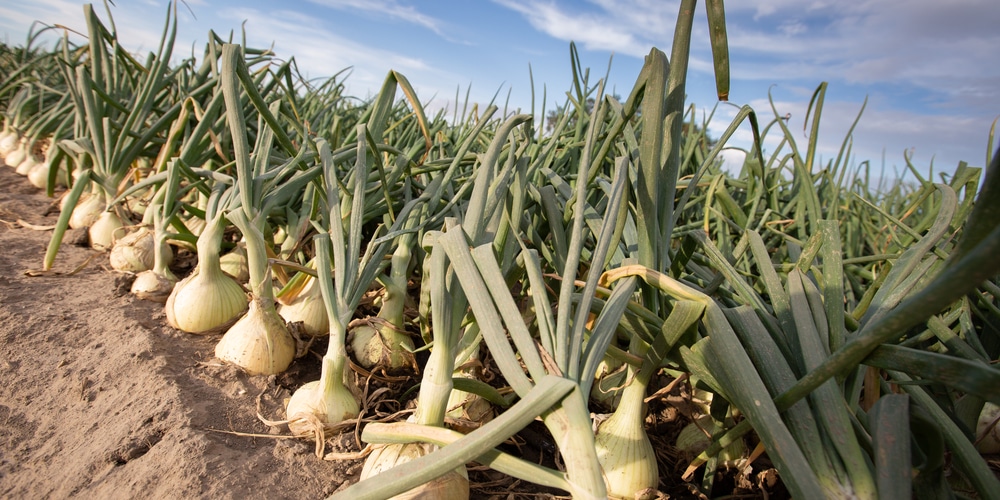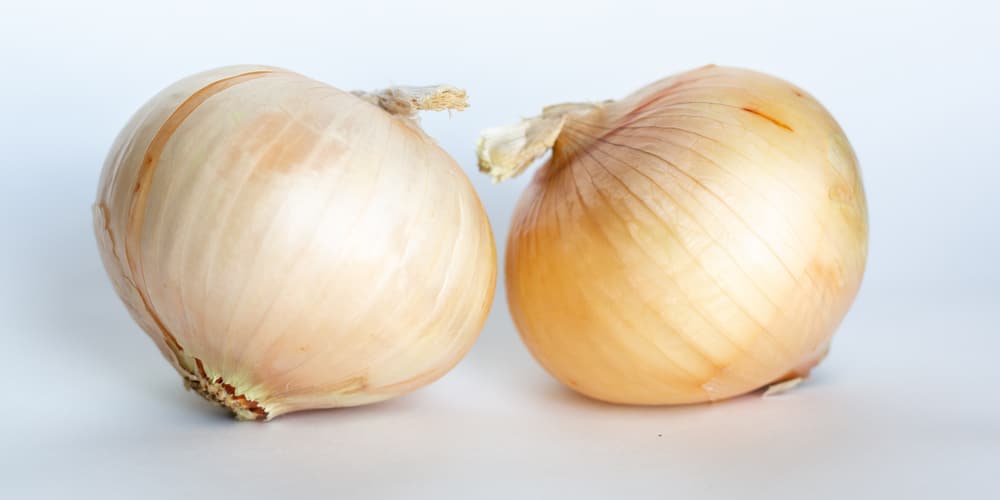Thinking of growing Walla Walla onions but don’t know where to start? We’ve got you covered. We’ve come up with a short guide on how and when to plant walla walla onions and the important things you need to know about growing them.
When to Plant Walla Walla Onions?
Onion starts, including the walla walla variety, can be started as soon as the ground is pliable and when temperatures begin to warm up. Generally, planting walla walla onions can start from late March up to the end of April.
Gardeners will want to plant onion starts rather than seeds to skip through extra weeks of having to germinate them.
Walla Walla onions are distinctively unique- they’re famous for having a juicy, yet crisp texture, with a milder flavor than most onion varieties. Sulfur content is relatively low, thus earning them the nickname ‘sweet onions’.
Also, walla wallas are grown as biennial plants, which means they require two growing seasons before the bulbs can be harvested. However, the good news is that onions are tolerant of a wide variety of conditions, including drought and light frost. Garden onions are hardy in USDA zones 3 to 9, while the Walla Walla variety is rated to grow in zones 6 through 8.
How to Plant Walla Walla Onions
Follow these steps to get started on growing your walla walla onions:
Get Onion Starts
Onion starts are recommended over onion seeds so you can save time. Prepare the materials you’ll need, including a high-quality potting mix, containers, and something that can pour water.
Planting onions can be done outdoors from spring through summer, or indoors and in containers around 4 to 6 weeks before the last frost date.
Choose a Good Location
Onion plants love to get full sunlight, so it is best that you choose a spot in your yard or garden that can provide this growing requirement. Otherwise, the plants might experience stunted growth or may not produce big onions.
Location is as important as proper care for Walla Walla onions. Partial shade is acceptable, as well as relatively high temperatures.
Make sure to till the soil and remove plant debris and weeds before you put the onion sets in so they won’t have to compete for valuable resources.
Plant Walla Walla Onions Properly
Onions need significant space in-between plants so they will not get shaded or become too crowded. A good rule of thumb is to observe spacing of 4 to 6 inches between plants, and 12 to 16 inches if you will be planting onions in rows.
Any closer and you’ll run the risk of your walla walla onions growing small bulbs or even not flowering at all. The sets should be planted 2 to 4 inches deep as well.
The recommended growing media for Walla Walla onions is a mix of sand and loam, amended generously with organic matter and compost. You can also use standard garden soil or potting mix in a pinch.
More importantly, the medium should be well-draining and allow excess water to pass through. If in a container, the pot should have adequate drainage holes.
Water the onion sets in well, then wait a week or so until you see signs of growth. Although onions prefer relatively moist soil it’s easy to get overeager. As such, water only when the top inch of the soil is dry to the touch.
How to Grow Walla Walla Onions
Walla walla onions typically need anywhere between 150 to 300 days when sown from seed and timing (fall seeding takes longer than spring), and approximately 100 to 125 days in spring or summer via onion starts. When grown in fall or winter, the walla walla variety will need anywhere between 210 to 240 days to mature.
Onion plants typically need at least 6 hours of direct sunlight a day. The good news is that they can tolerate light frost and drought, coming out relatively unscathed. Walla Walla onions can grow to a height of up to 36 inches with a 4-inch spread. Top size is an indication of a healthy onion plant and large bulb harvest- the more leaves that shoot out from your onion, the more rings it will have.
Watering can be done twice a week on hot days and when the topsoil is dry. You can use your finger or a wooden stick to gauge soil moistness. Organic fertilizers such as compost or manure may be added to the soil at regular intervals to keep the nutrient content up. Alternatively, you can put in a slow-release fertilizer alongside the initial planting to support the onions’ growth so you won’t have to feed them now and then.
You can overwinter your walla wallas or provide some sort of winter protection when expecting heavy frost. Row covers and cloches will work well, and you can use a cardboard box or put old blankets in a pinch.
Harvesting Walla Walla Onions
The best time to harvest walla walla onions is when the tops have fallen over and when the ‘necks’ have turned brown. You can use a small shovel or simply pull up the onions and dry them in a warm environment for a month.
Related Article: Fall Planting Onions


